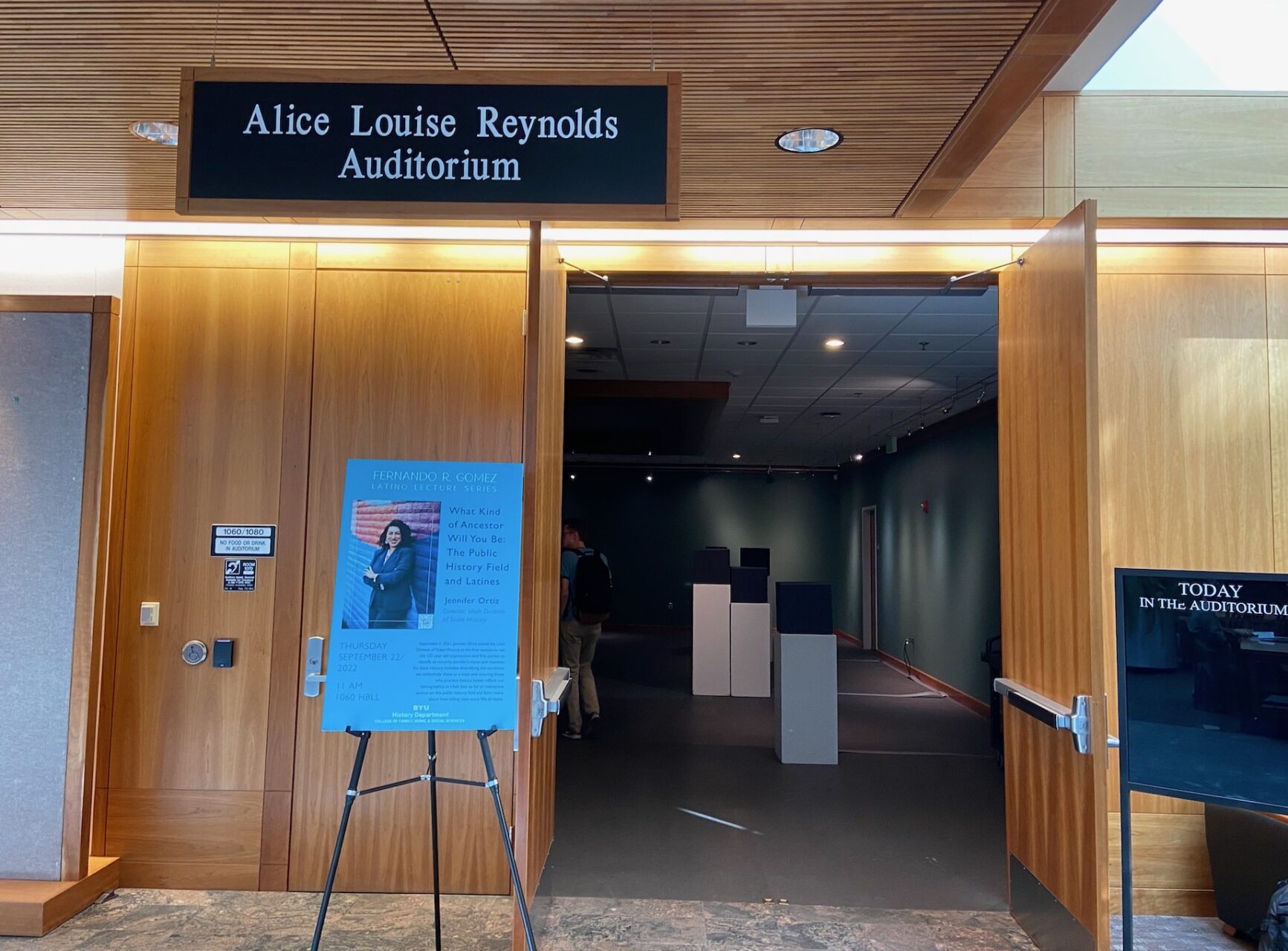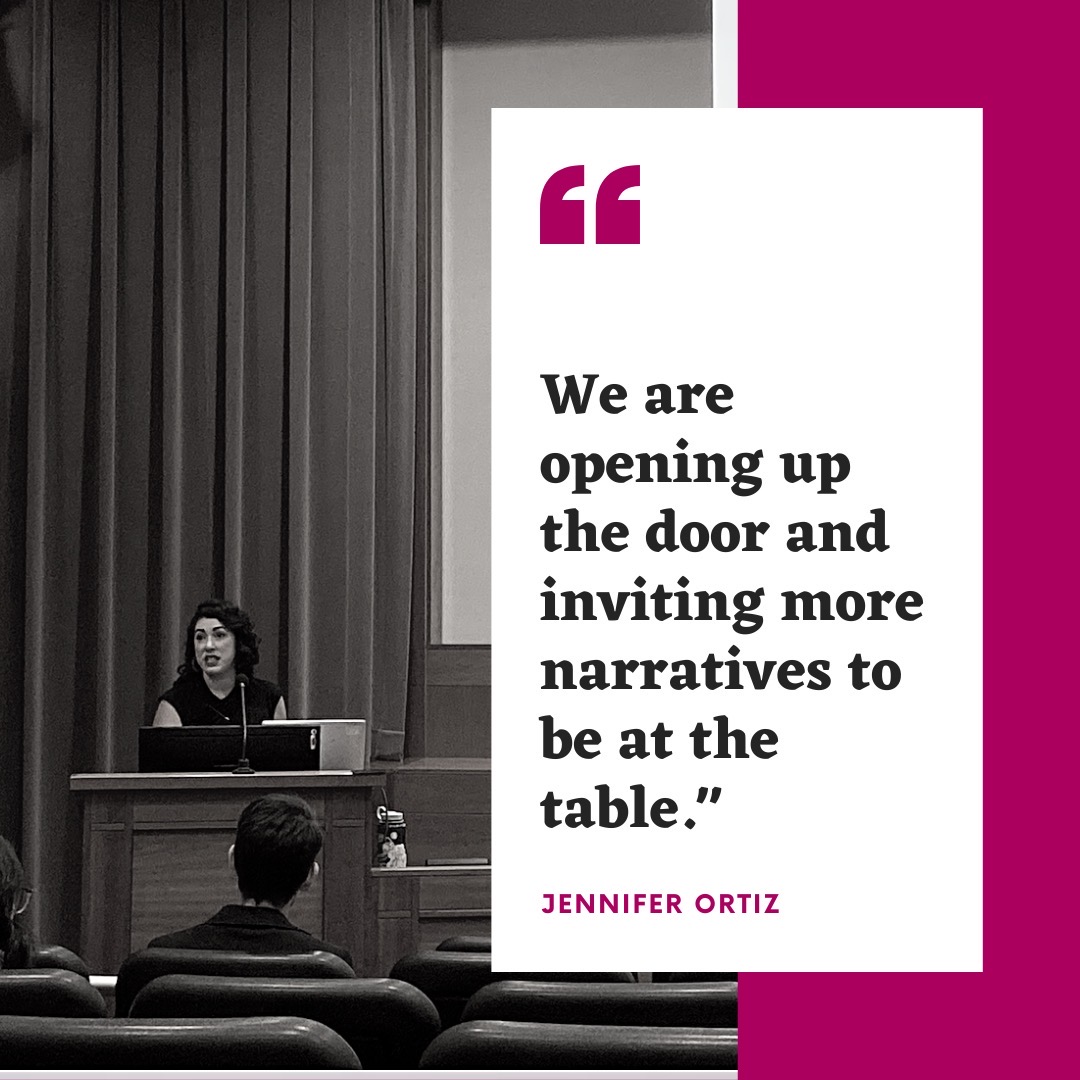
Jennifer Ortiz, Director of the Utah Division of State History, gave a speech in the Harold B. Lee Library on Sept. 22 as part of the Fernando R. Gomez Latino Lecture Series.
Ortiz is the daughter of a Mexican immigrant and an Italian-American; “Those are the things that influenced me as an individual and as a practitioner of history,” Ortiz said in reference to her heritage.
She is not only the first woman to run the 125-year-old Utah Division of State History, but is also the first director who is part of a minority group.
Her lecture delved into some of the history of Utah and how the Utah Division of State History is working to highlight the state’s diversity.
“For the purposes of today’s conversation, ‘Latines’ is gender inclusive and that is the word I choose to use in the presentation today,” Ortiz said. She emphasized the increasing diversity in the state, sharing that there is a projected 39% increase to the Latine population in Utah by 2032.
One audience member, sociology major Luke Sanchez, shared a personal story about the importance of representation in Utah during an interactive part of Ortiz’s lecture. “I have been interested in my personal family history, and thinking about what impact I have in terms of that history,” Sanchez said after the lecture. “It stood out to me that everyone can be a historian.”

Ortiz shared that one major project the Utah Division of State History is running to highlight the state’s diversity is “The Peoples of Utah Revisited”, inspired by the 1976 book “The Peoples of Utah.” The original book was edited by self-taught historian Helen Papinikolas and has been credited as the first ethnic studies anthology of Utah.
“We are opening up the door and inviting more narratives to be at the table,” Ortiz said. She said the organization’s two-pronged approach will focus on new scholarship and research as well as community history, focusing on the last 50 years in the state.
Following the theme of inclusivity and diversity, Ortiz said this project will expand “The Peoples of Utah Revisited” project to include LGBTQ+ history, eight sovereign indigenous nations and a “deeper understanding of growing populations in the state.”
Ortiz also shared that legislation was enacted in 2020 to establish the National Museum of the American Latino, which will be constructed in Washington DC. “This is an incredible opportunity to share the American Latino story across the U.S. in D.C., elevating and amplifying that story at the national level,” she said.
Jacob S. Rugh, a sociology professor at BYU, was also in attendance. “I’m most excited about the new museum of Utah history and the new Smithsonian museum,” he said. “Latino history is American history.”
Ortiz said diversifying the historical narratives of the state starts with questioning what we have learned and “questioning ourselves at every opportunity.”




